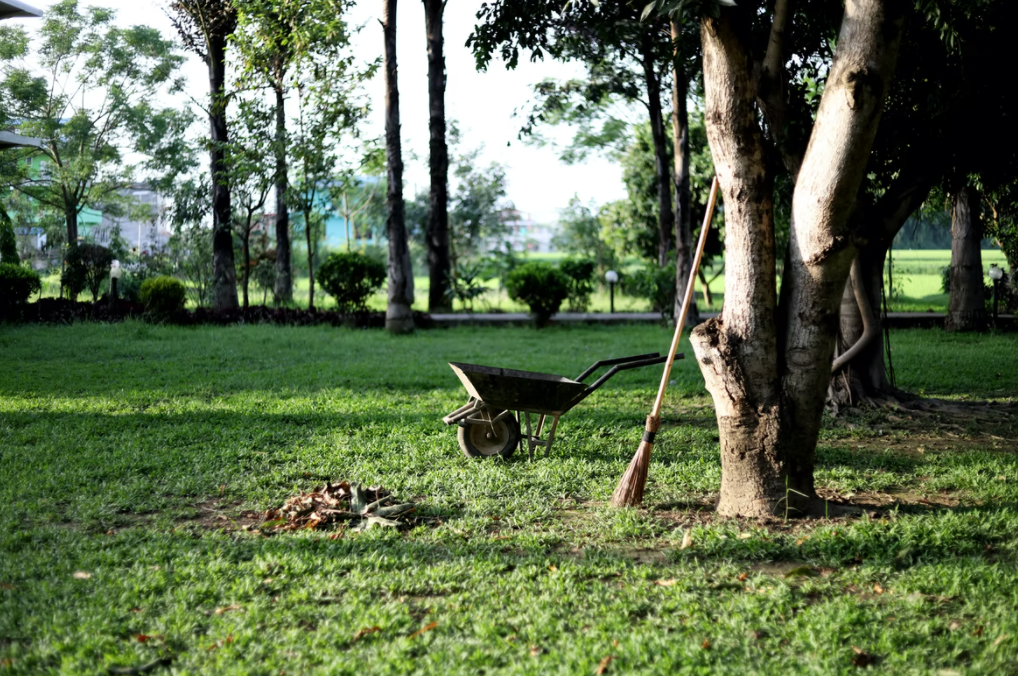The Most Common Tree Disease Problems And How To Deal With Them

Do your trees have diseases? Here are some common tree problems and easy ways to solve them!

Photos By: Unsplash
If you’ve ever walked through a city park and admired the majestic trees, it might surprise you to learn that these natural beauties are living beings too. Trees need care just like people do in order to stay happy and healthy. If left untreated, trees can experience many problems which can lead to serious health issues over time. The good news is that most of these problems are preventable with simple measures such as pruning or planting new trees in places where old ones have died out. Learn more about the most common tree disease problems and how to deal with them so your yard stays green, lush, and healthy!
1) What is Tree Rot?
Tree rot is a fungus-like infection caused by bacteria living on the tree’s moist leaves, branches, or roots. According to Zachary Smith Arboriculture, it is important to remember that Sick plants do not happen overnight. These living organisms can make up as much as 80 percent of the organic matter in the soil. Fungal rot occurs when the leaves and/or branches are decomposing slowly due to an excess amount of moisture left on them for too long. Bacteria that overgrow these wet locations can lead to diseased branches and weak, dying trees. The roots of a tree are also prone to rot if they’re exposed to too much moisture for too long. If you notice brown spots on the tree’s leaves or discoloration around the roots, it might be time to take action.
2) What is Tree Leaf Scorch?
Leaf scorch is a condition that occurs when leaves change color and dry up. The cause of leaf scorch can be many things including drought, soil compaction, pesticide damage, high salt stress in the ground where it was recently applied, or even an insect infestation. Such problems can lead to droopy foliage or browning, curling, or drooping leaves. This disease is particularly dangerous because it can lead to the death of a tree as this change in appearance often accompanies fruit and flower wilt as well as leaf loss. Leaves that fall from branches will not grow back as they have been permanently damaged from being scorched by too much exposure to the sun, wind, and/or an insect invasion.

3) What is Girdling Roots?
Girdling roots are those that circle around the tree’s trunk or another root system that cuts off circulation to its leaves. These roots are capable of stopping nutrients from rising up through the soil as well as water uptake from reaching branches and leaves. This is a dangerous problem as the tree may appear healthy and still be dying from malnutrition on the inside. Girdling roots can make their way around a tree’s trunk after only a year of forming which makes them extra deadly.
4) What is Tree Decline?
Tree decline occurs when trees lose their leaves faster than they can grow them or when they unexpectedly die out completely. This is particularly common in fruit trees after a harsh winter which caused the trees to lose all of their previous autumn leaves. Fruit trees are also susceptible to decline if they don’t receive enough sunlight, water, or nutrients–all of which are typically easy to provide. If you suspect your otherwise healthy fruit tree is declining, you should take a look at various articles online in order to find a fix for fruit tree decline.
5) Tree Borers
Borers are destructive larvae of various insects including beetles and moths. These larvae eat pathways through the external layer of the tree’s bark which can lead to infection. This is especially common if larvae have been living in the tree for a long period of time, which allows them to eat deep into the trunk or branches by way of tunnels. Insect borers can also live under the bark and inside the tree’s limbs where they eat away at its internal tissues and disrupt nutrient transport throughout the tree’s system. You can recognize this issue by the presence of small holes, large amounts of sap dripping from the trunk or branches (which attract wasps), and sick-looking leaves nearby.






